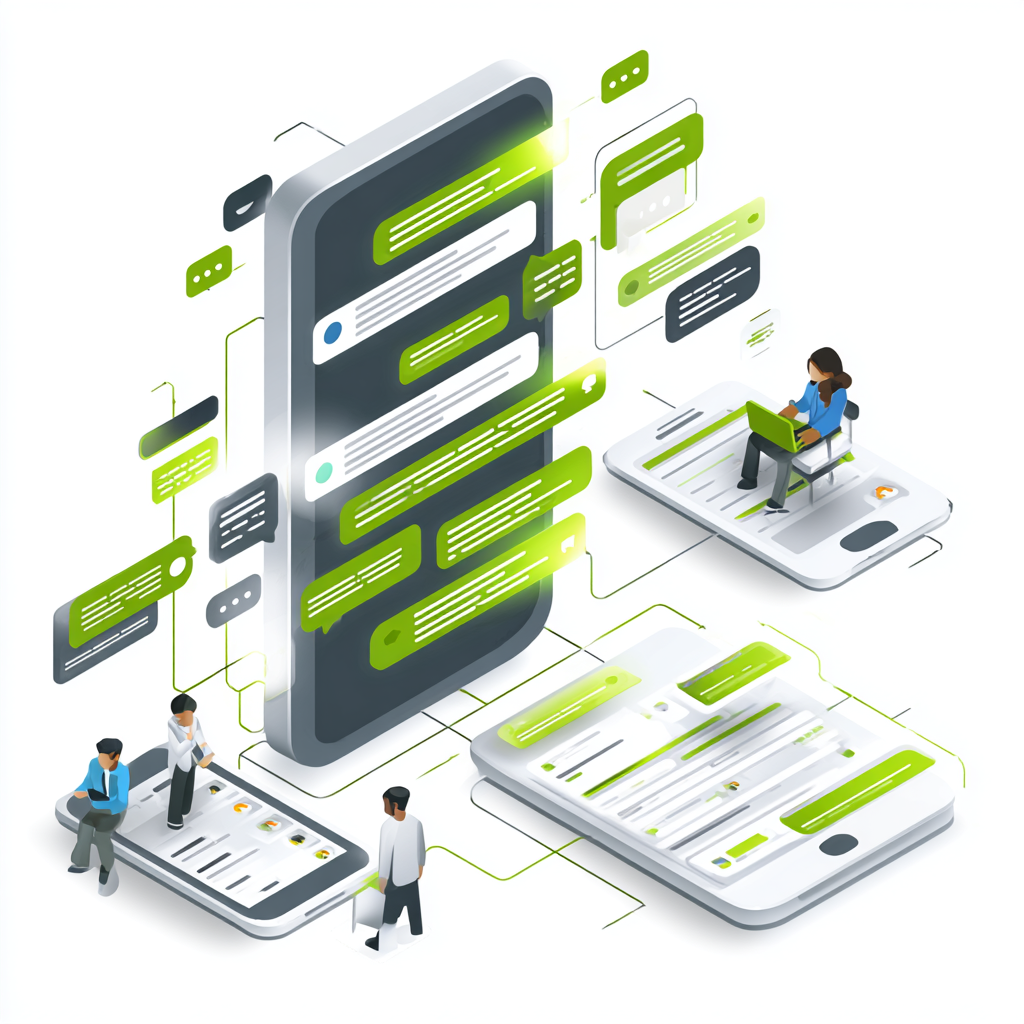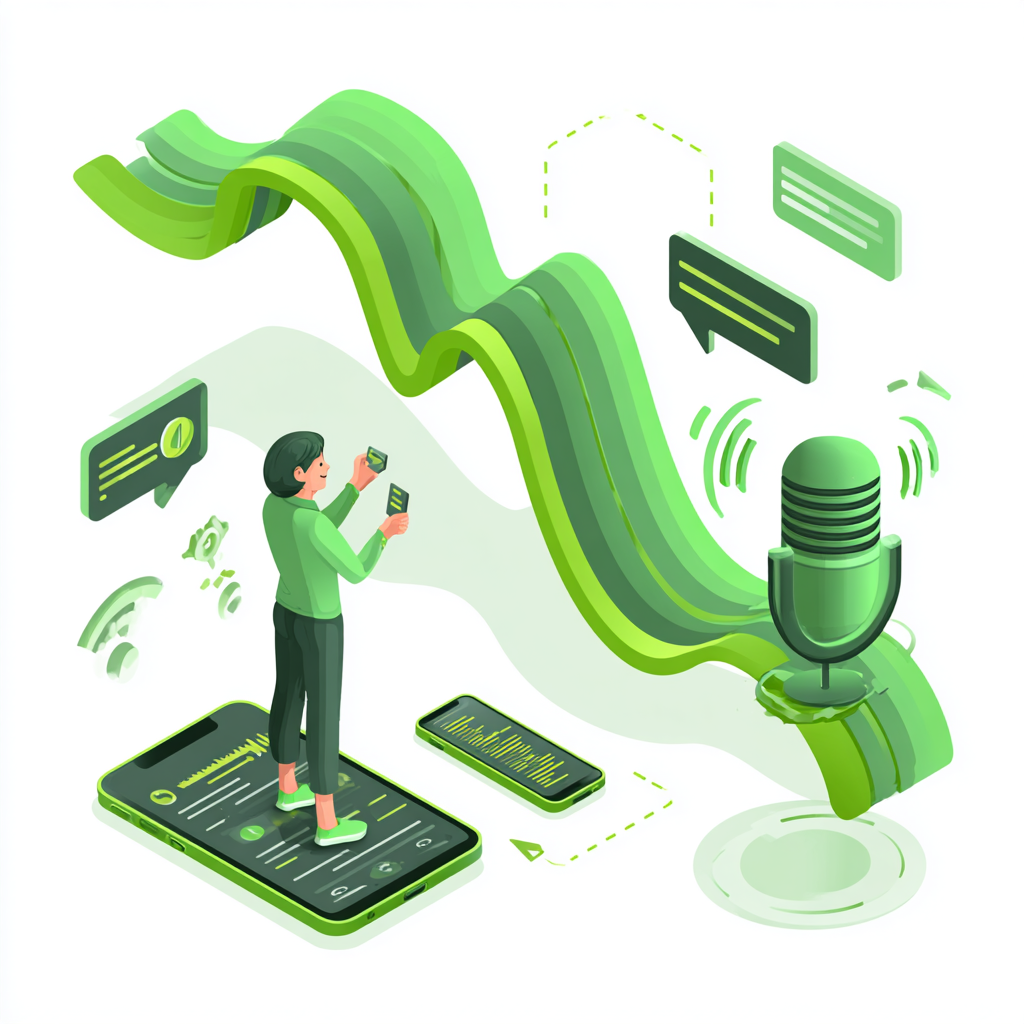USSD and other communication technologies like Short Message Service (SMS), mobile apps, and web-based solutions. Today’s businesses continuously seek innovative ways to connect with customers and streamline operations.
With numerous communication technologies available, choosing the right one can be daunting. In this article, we will explore USSD and compare it to other technologies to help you determine the best fit for your business needs.
Pros of USSD
Unlike SMS or mobile apps, USSD does not require an internet connection, making it a versatile tool for delivering services and information to users with essential mobile devices.
Its ability to facilitate immediate communication and provide cost-effective solutions makes USSD a valuable option for businesses looking to reach a wide audience.
Apart from the well-known features of USSD, such as immediate communication, no internet required, cost-effective, interactive session-based communication, and wide compatibility, it also boasts several additional features that enhance its utility:
Secure transactions
USSD can facilitate secure transactions, such as mobile banking and payments, by employing encryption techniques to protect data during exchanges. Encryption helps to mitigate risks associated with data breaches or unauthorized access, making USSD a viable option for financial transactions.
Minimal data usage
USSD uses very little data bandwidth, which is advantageous in environments with limited data availability. This efficiency ensures that users can access services and perform transactions without consuming large amounts of data, making it particularly useful in regions where data is expensive or scarce.
Shortcodes
USSD services utilize shortcodes to provide easy access to various services. These shortcodes are simple, memorable sequences that users can dial to reach specific service functions. The simplicity of shortcodes helps users quickly navigate to the services they need without having to remember long or complex numbers.
Menu navigation
USSD allows users to direct multiple levels of menus, providing a structured and organized way to access different options and services. This menu-based approach ensures that users can easily find the services they need by following a logical sequence of choices.
No application installation
USSD services do not require users to download or install any applications, simplifying access and reducing barriers to entry. This means that users can access services directly from their mobile phones without additional software, making it easier for a wider audience.
Support for multiple languages
USSD can be configured to support various languages, which enhances accessibility for users in different linguistic regions.
Quick setup
USSD services are relatively straightforward compared to developing mobile apps or web-based solutions. USSD technology’s simplicity means businesses can deploy services and start interacting with users without extensive development or setup time.
Session management
USSD manages interactions so that users can complete transactions without interruptions or delays. Its session-based nature ensures that users can engage with services continuously and complete their tasks efficiently without disruptions.
Low technical requirements
USSD services have minimal technical requirements for users and providers, making implementation and maintenance easier. This low technical threshold means businesses can deploy USSD services with less complex infrastructure and lower upfront costs.
Cons of USSD
- Limited functionality: USSD lacks advanced features like multimedia support and complex interfaces.
- Session timeout: Sessions can time out if users take too long, potentially leading to incomplete transactions.
- Limited user interface: The text-based interface could be more engaging than graphical mobile apps or websites.
- Potential user confusion: Menu navigation can be confusing if not well-designed or if users are unfamiliar with it.
- Cost variability: The cost of USSD services can vary based on the network operator and transaction volume.
- Data throughput is limited: Not suitable for handling large data volumes or complex transactions efficiently.
- No longer fit for the future: It may be considered outdated compared to newer technologies with modern features.
- Usage restrictions: Limited by its primary text interface and reliance on an active network connection.
- An unfamiliar user interface: The menu-driven interface might need to be more intuitive for users accustomed to graphical apps.
USSD: Other communication technologies
Below are other communication technologies for your businesses:
SMS (Short Message Service)
SMS is a messaging service used to send and receive short text messages. It is available on almost all mobile phones and does not require an internet connection.
Pros:
- Wide reach: Almost all mobile phones support SMS, making it a choice for reaching a broad audience.
- Simple implementation: Setting up SMS services is straightforward and requires minimal technical expertise.
- Higher character limit: SMS allows for more detailed communication compared to USSD.
Cons:
- No concurrent interaction: SMS is not ideal for real-time transactions as it may experience delays.
- Higher costs: Depending on the region, SMS can be more expensive than USSD, especially for high volumes.
Mobile apps
Mobile apps are software applications made to run on smartphones and tablets. They offer a rich user experience and can integrate various features, such as push notifications, GPS, and in-app purchases.
Pros:
- Enhanced user experience: Mobile apps provide a more interactive and engaging experience with advanced functionalities.
- Personalization: Apps can offer personalized content and services based on user preferences and behavior.
- Offline access: Some app features can be accessed offline, which is helpful for users with intermittent connectivity.
Cons:
- Development costs: Building and maintaining a mobile app can be expensive and time-consuming.
- App store approval: Apps need to be approved by app stores, which can involve a lengthy process.
- Internet dependency: Most app features require a stable internet connection.
Web-based solutions
Web-based solutions include websites and web applications that users can access through their web browsers. They are versatile and can be used for various business functions, from e-commerce to customer support.
Pros:
- Accessibility: Web-based solutions can be accessed from your device with an internet connection, including tablets, desktops, and smartphones.
- Scalability: Websites and web applications can be easily scaled to accommodate growing user bases and additional features.
- Integration: They can be integrated with various third-party services and APIs for enhanced functionality.
Cons:
- A stable internet connection is needed to access web-based solutions.
- Creating and maintaining a website or web application can be costly and requires ongoing updates.
Which technology is best for your business?
Choosing the best technology for your business requires carefully assessing your target audience, budget constraints, and specific use cases. Each technology offers unique advantages and limitations, so aligning them with your business goals is crucial for maximizing effectiveness.
USSD
This technology is perfect if you need to interact with customers who might only have basic mobile phones. USSD’s strength lies in its simplicity and reliability, making it an ideal choice for delivering essential services like mobile banking, quick information retrieval, and customer support.
It operates over the cellular network, ensuring that even users with minimal connectivity can access your services. USSD is also highly cost-effective and quick to set up, which can be crucial for businesses with tight budgets or those targeting emerging markets.
SMS
provides a straightforward way to communicate with a broad audience through simple text messages. It is highly effective for sending promotional offers, important notifications, and reminders, ensuring high visibility due to its direct nature.
SMS does not require internet access, making it accessible to nearly all mobile users, which is particularly valuable for reaching people with basic or feature phones.
However, SMS is limited in terms of interactivity and real-time engagement. It is better suited for one-way communication than applications requiring dynamic or complex user interactions.
Mobile Apps
offer a rich and interactive user experience with various advanced features. They are ideal for businesses that want to build strong brand loyalty and engage users through personalized content and services. Mobile apps can provide:
- A highly customized experience.
- Integrating features like push notifications.
- In-app purchases.
- Detailed analytics.
They are perfect for businesses looking to create a more immersive and engaging platform that keeps users connected and returning.
Web-based solutions
Web-based solutions are well-suited for various applications, including e-commerce, content management systems, and comprehensive customer engagement platforms. They provide the flexibility to handle complex interactions and manage large volumes of data. They can be designed to adapt to different screen sizes and devices, ensuring a consistent user experience.
Additionally, web-based platforms can be easily updated and scaled, which is beneficial for growing businesses adapting to changing market conditions and user demands.
Choosing the right technology for your business: USSD, SMS, Mobile App, or Web Solution
Each technology, USSD, SMS, mobile app, and web-based solution, offers distinct advantages and limitations. Selecting the most suitable option for your business involves clearly understanding your needs and objectives.
USSD stands out for its simplicity and affordability, making it an excellent choice for reaching users in areas with limited internet connectivity. SMS provides a broad reach and effectively sends straightforward messages and alerts.
Mobile apps offer rich, interactive experiences and can significantly enhance user engagement and brand loyalty. Meanwhile, web-based solutions are highly versatile and scalable, suitable for complex and dynamic business needs. Consider how each technology integrates with your current systems and aligns with your long-term business strategy.
USSD is particularly valuable in low-tech environments, while SMS excels in mass communication. Mobile apps can build deeper customer relationships with personalized interactions, and web-based solutions can adapt to various business processes and growth stages.





